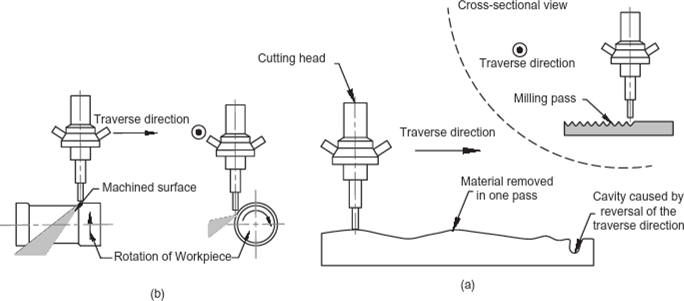Water-Jet Cutting AKE Hydrodynamic Machining
From as early as the mid-nineteenth century, water jets have been used as a method of removing materials during mining. The modern-day process (also known as hydrodynamic machining) has been cranked up to produce an incredibly fine jet of water, typically 0.5 millimeters, which is forced out of a nozzle at a pressure of 20,000- -55,000 psi (pounds per square inch) at velocities of up to twice the speed of sound. Water-jet cutting produces a fine cut using water alone, but with an additional abrasive, such as garnet, it can be used to cut through harder materials.

Volumes of productlon
The process involves no tooling and is therefore equally suitable for one off jobs and large production runs.
Unit price vs capital investment
Because there is no tooling, and designs are taken from CAD files, set-up costs are low, and there is no consequent hike in unit price. Shapes can also be ‘nested' - laid out in a clever way that maximises the surface area of the sheet (as you would when cutting out biscuits from rolled dough).
Speed
An abrasive jet can cut a 13 millimetre thick titanium sheet at the rate of 160 millimeters per minute.
Surface
The cut edge has the same sort of edge as if it had been sand-blasted, but without any of the burring that you may get with laser cutting (see p.46).
Types/complexity of shape
Because the cutter works like a plotting machine or a CNC router, it is possible to cut fine and intricate shapes. However, due to the high pressure of the water, thin sheet material may distort or bend Processes such as laser cutting avoid this problem due to the lack of such pressure.
Scale
Most industrial cutting takes place on a cutting bed, which restricts the size of the material that can be used. Standard sizes extend up to a maximum of 3 by 3 meters.
The upper limit for thickness varies with the material.
Tolerances
The jet can be accurate to 0.1 millimetre. Particularly thick material may result in the jet 'wandering' slightly from its point of entry.
Relevant materials
Water- jet cutting offers a huge range of
possibilities in terms of materials- you can choose from glass, steel, wood, plastic,ceramics, stone, marble and even paper.It is also used for cutting sandwiches and other food. Having said that, it is worth bearing in mind that materials that are particularly prone to absorbing water are not suited to this process.
Typical products
Decorative architectural panels and stones The process works very well under water, and it was used in the rescue operation of the Russian Kursk submarine in 2000
Similar methods
The process can be used as an alternative
to die cutting (p 40), and as a cold
alternative to laser cutting (p.46).
Sustainabillity issues
The water used for cutting can be recycled back into the process to form a closed loop cycle, which reduces water consumption and resources Additionally with no tool contact, maintenance and material use through replacement parts is reduced. No heat is required so energy use is fairly low while no fumes, toxins or contaminants are released during cutting. The nature of the material determines whether waste (of which there will be a considerable amount)can be reheated and recycled





